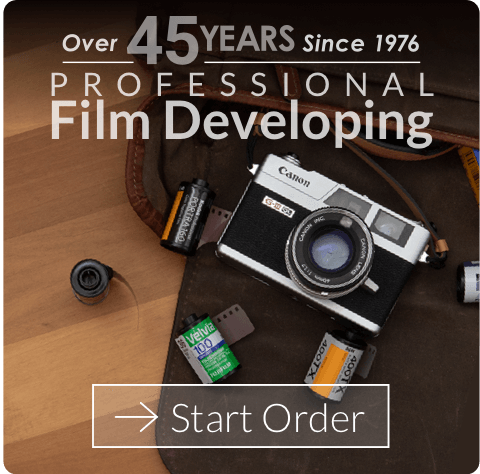127 Film
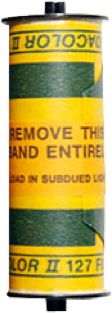 The 127 film is a paper-backed roll film, 4.6cm wide, originally designed to store eight pictures in 4×6.5cm format. It was created by Kodak for their Vest Pocket model – hence 127 was often called Vest Pocket film. Many of the first generation of 127 film cameras were similar folders, and frequently inherited Vest Pocket or VP in their names – for example the Dolly Vest Pocket. See Category: 4×6.5.
The 127 film is a paper-backed roll film, 4.6cm wide, originally designed to store eight pictures in 4×6.5cm format. It was created by Kodak for their Vest Pocket model – hence 127 was often called Vest Pocket film. Many of the first generation of 127 film cameras were similar folders, and frequently inherited Vest Pocket or VP in their names – for example the Dolly Vest Pocket. See Category: 4×6.5.
In 1930, during the Great Depression, the camera makers tried to optimize the use of film, and cameras began to appear taking 16 exposures in 3x4cm format on the 127 film, the first one being the Zeiss Ikon Kolibri. See Category: 3×4.
In Japan, the 127 film was called “Vest film” (ベストフィルム; Besuto firumu) until approximately the 1950s, because the film was introduced for the Vest Pocket camera.
In the 1950s there was a short revival of the 127 film with cameras designed to take 12 exposures in 4x4cm format. Several firms produced high-quality cameras, primarily twin-lens reflexes, in this format. The film was available in color slide emulsions, and the resulting 4x4cm slides could be projected in a normal projector designed for 24x36mm slides. They were advertised as Superslide. Kodak made such a range of very basic cameras. Rollei made a more advanced Rolleiflex Baby camera until the beginning of the 1960s. Togudu and Yashica in Japan produced outstanding examples.



 My Account
My Account

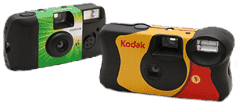
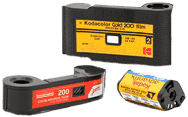
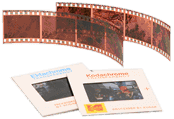


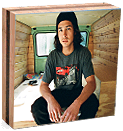
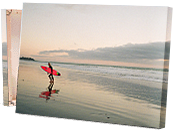

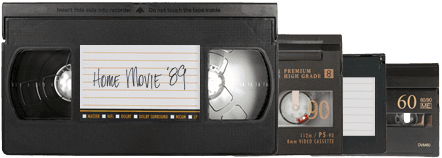
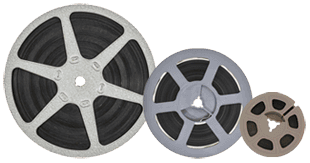
 Gift Cards
Gift Cards Film Index
Film Index FAQ
FAQ
